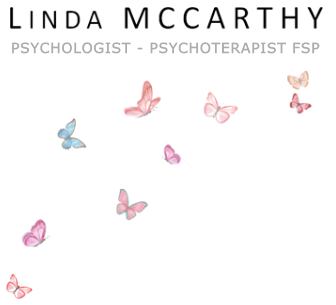
In darkness’ core
she dug out wells
of light.
Sri Aurobindo
she dug out wells
of light.
Sri Aurobindo
Brainspotting
Definition
Brainspotting is a powerful therapeutic method discovered in 2003 by Dr David Grand, an American psychotherapist. Consisting in identifying, reprocessing and releasing the sources of physical, psychological and emotional suffering, Brainspotting is also used to improve performance. Allowing access to parts of the brain that cannot be reached through verbal exchange, this method differs from the more traditional talking therapies and is part of the framework of short therapies.
Therapeutic indication
Brainspotting is indicated for people who have experienced traumatic events and for people engaged in a process of personal development who wish to free themselves from elements that are hindering their evolution. Easy to apply and accessible to all, it is also appreciated by high-level athletes and artists wishing to improve their performance. This method is therefore effective in responding to a wide variety of symptoms:
- Small t and a big T trauma
- Addictions (with or without substances)
- Eating disorders
- Attachment disorders
- Phobias – stuttering
- Fibromyalgia
- Anxiety and panic attacks
- Grief
- Improved sports performance
- Increase in creativity
- Release from repetitive patterns
- ADHD
Philosophy
In this innovative psychotherapeutic method – perceived by many specialists as the “post-EMDR” method – we consider that each person is unique and holds within him or her the solutions and internal resources to the challenges they face. The therapist is the guarantor of a secure framework within which difficulties are progressively overcome so that each person can access his or her wisdom, intuition and creativity. What was perceived as a difficulty at the beginning of the treatment is then transformed into a source of growth.
Brainspotting and the brain
What exactly happens in our brain during a Brainspotting session?
This method allows us to reach deeper than the left prefrontal cortex (involved in conscious thoughts) and to access the right cerebral lobe (more intuitive and anchored in the body), the limbic brain and the reptilian brain.
Thus, Brainspotting not only acts on the symptoms but also helps to root out the problem in the deepest layers of the brain.
The process
By using focused mindfulness and keeping the gaze centered on a particular spot, we allow the brain to stay centered on the specific internal location where the issue or trauma is stored. This will promote deep processing, allowing the release of suffering and the resolution of the issue or trauma. Thus, the main objective of this work is to allow a complete and comprehensive discharge of the activation contained in the brain and body.
Brainspotting in the media
Interesting studies on brainspotting
A comparative study between EMDR and Brainspotting, published in May 2017
A scientific study from March 2013, explaining Brainspotting from a neuropsychological point of view
